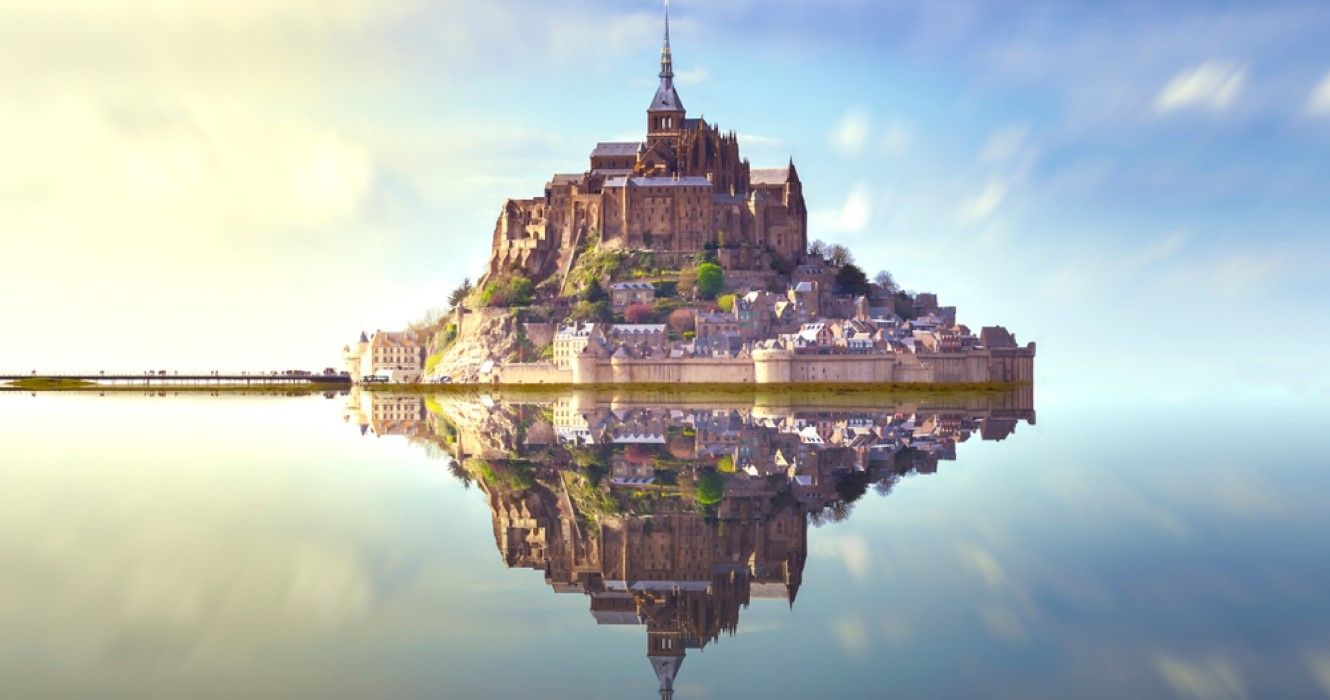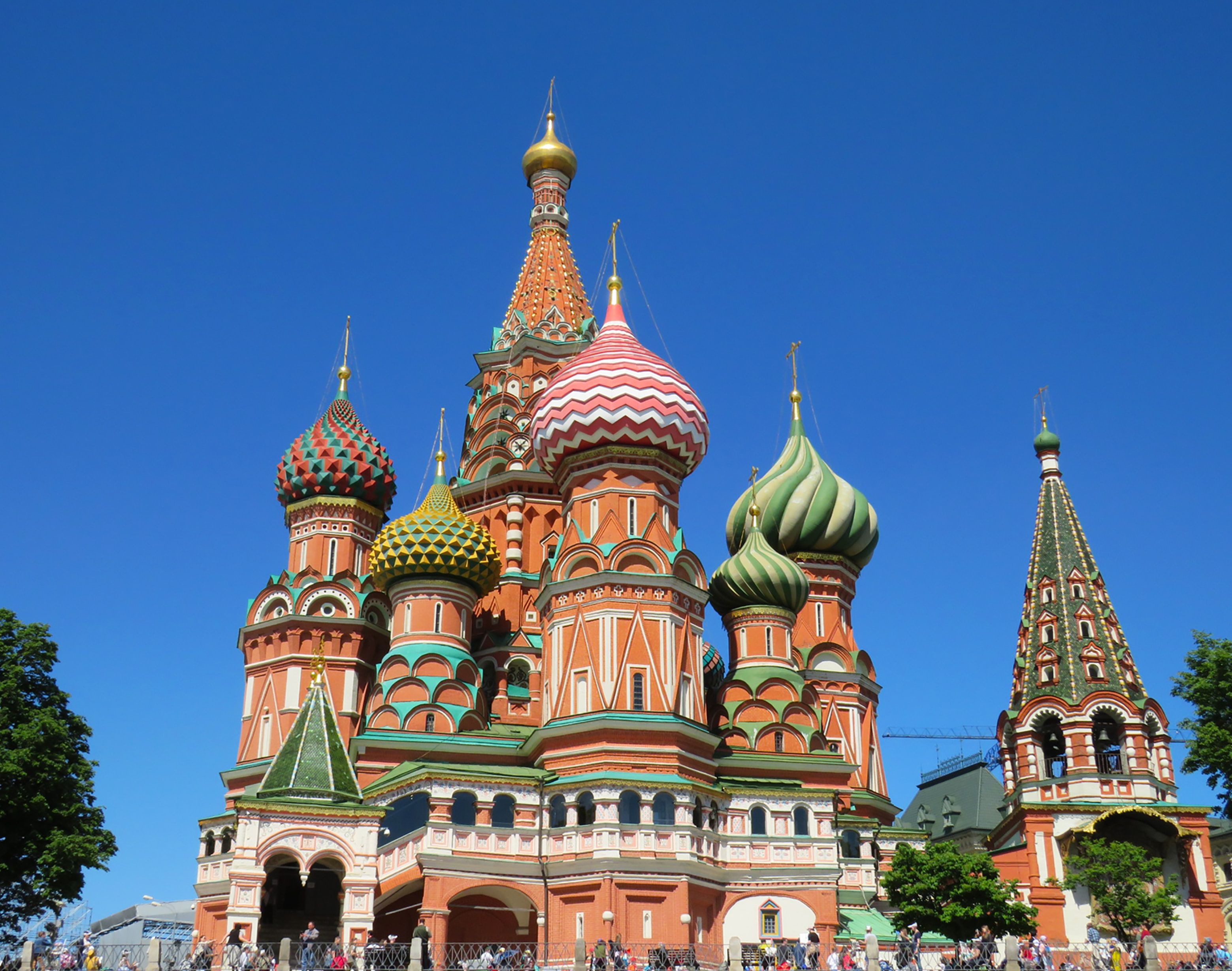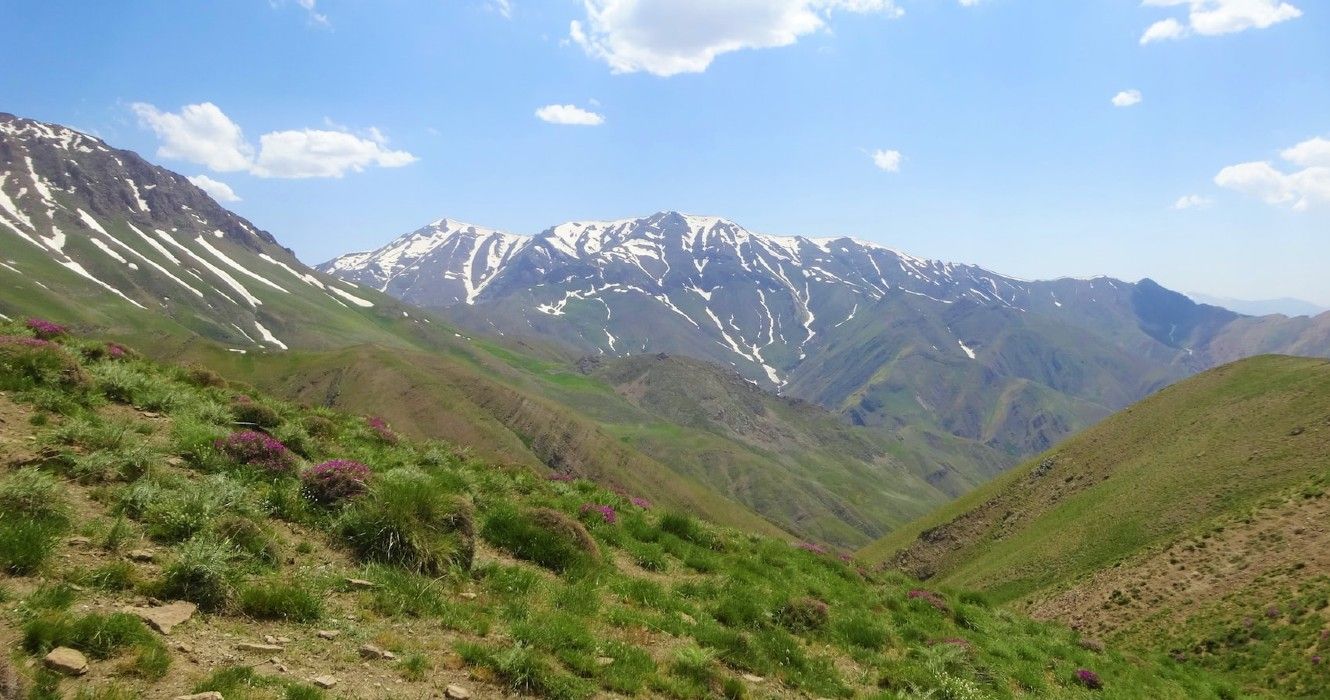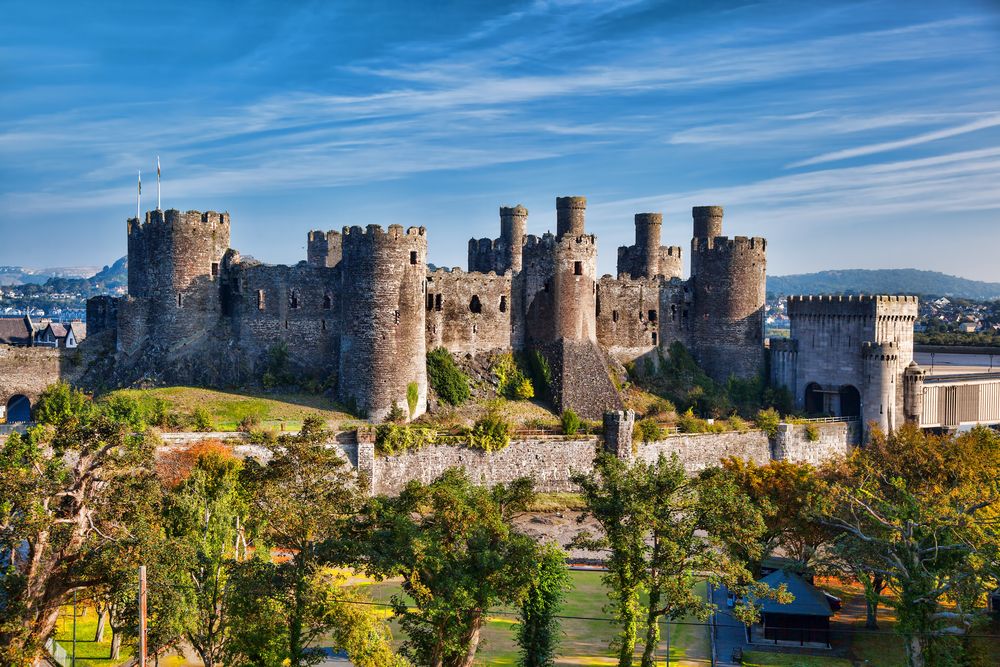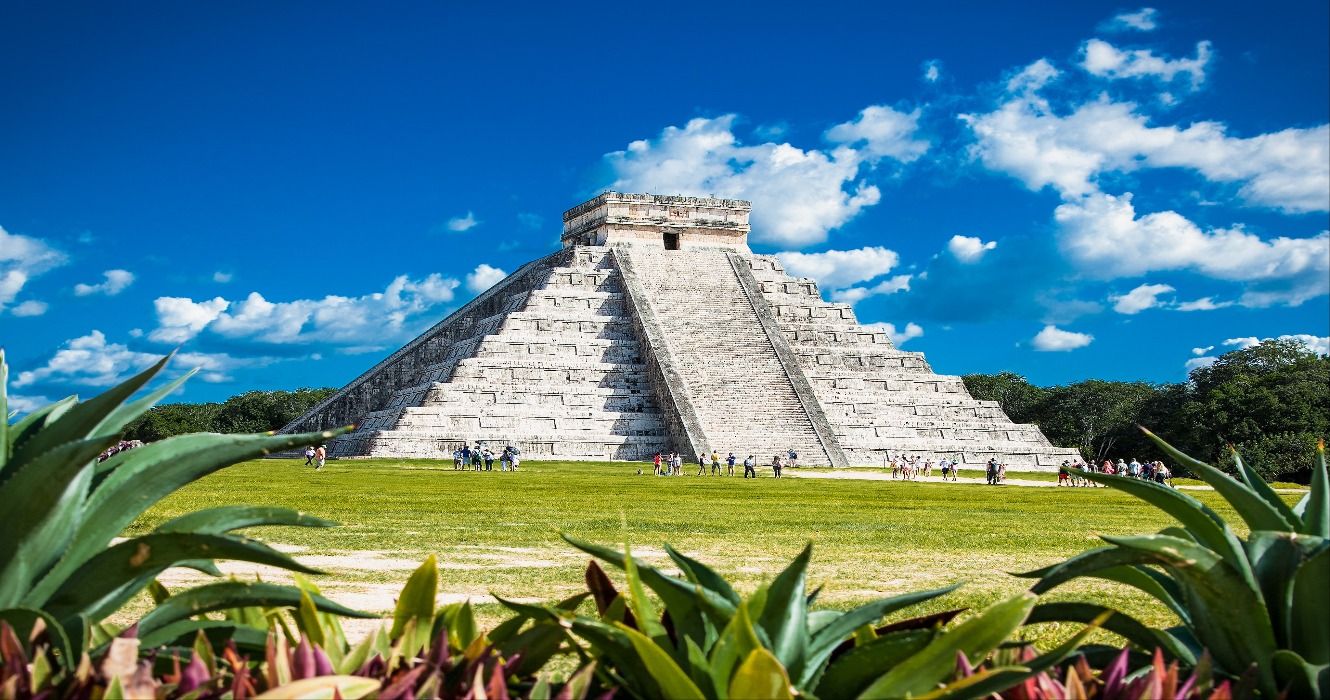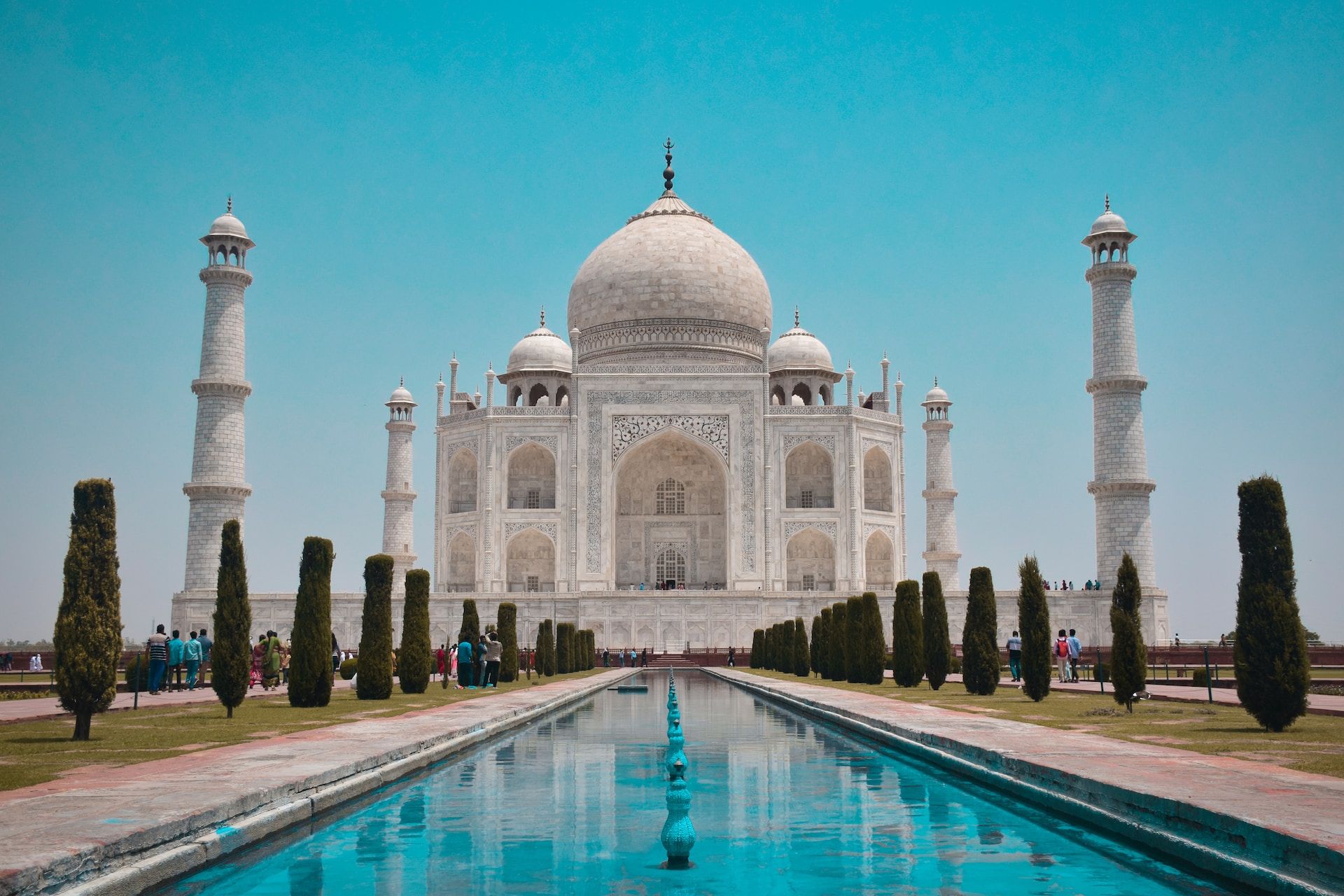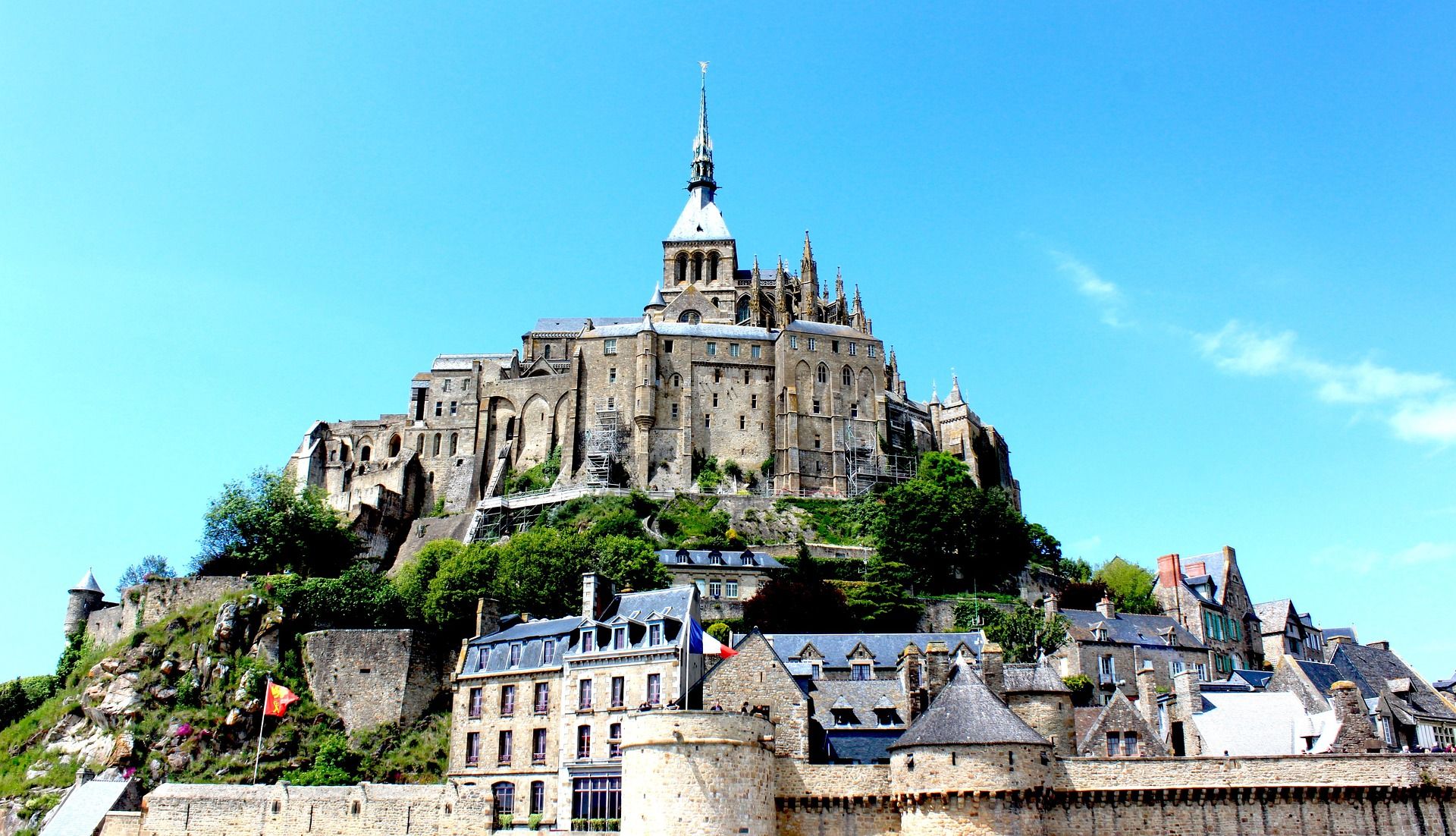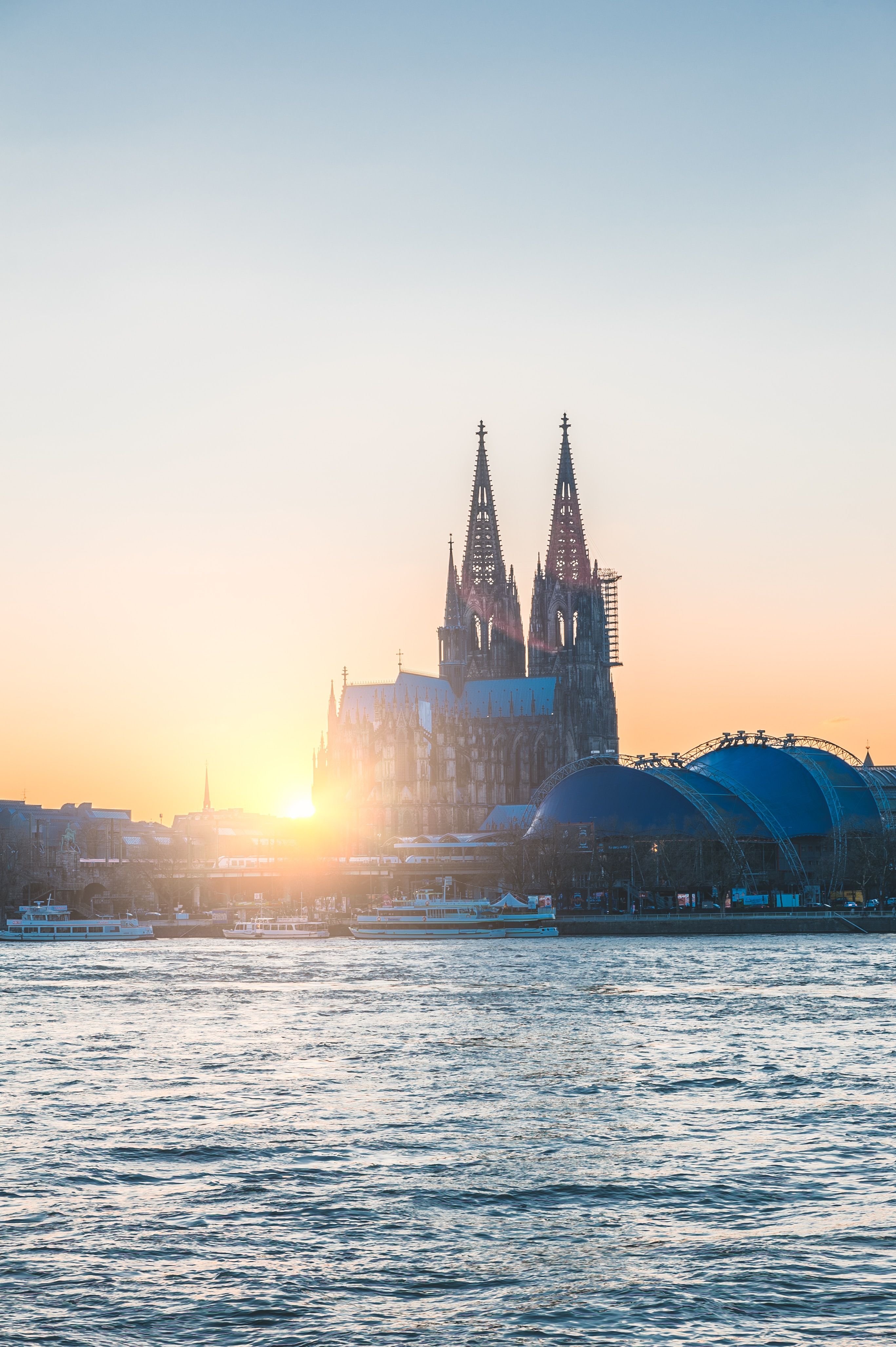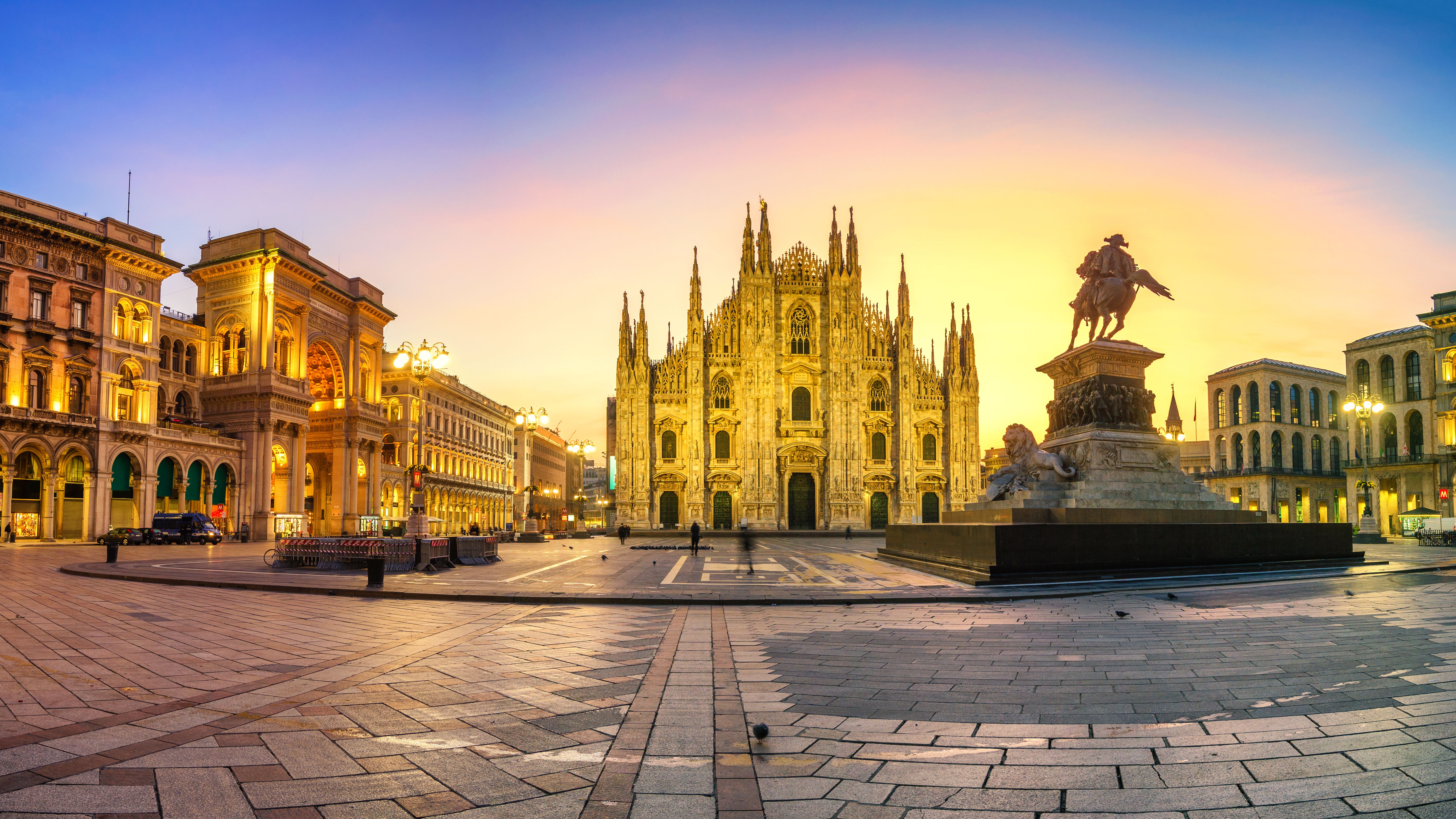When it comes to an abundance of cultural and natural marvels, certain nations shine brightly on the global stage by hosting a multitude of UNESCO World Heritage Sites. Italy leads the pack with a remarkable 58 sites, a testament to its opulent history and profound artistic heritage. Close behind, China proudly showcases 56 diverse sites, ranging from the iconic Great Wall to ancient cave wonders. Germany unveils a captivating blend of architectural splendors and pristine natural landscapes. Meanwhile, other countries like France showcase captivating cultural and natural treasures, India includes the iconic Taj Mahal and an array of culturally significant landmarks, and more others. These countries serve as true repositories of heritage, offering people a captivating glimpse into the mesmerizing and diverse tapestry of a shared human history.
In a world brimming with cultural and natural wonders, certain countries have garnered global recognition for their remarkable treasures. This article unveils the nations that have been honored with the most UNESCO World Heritage Sites. From ancient temples and historic cities to breathtaking natural landscapes, these countries have something extraordinary to offer the world. People discover the stories behind their rich heritage and the efforts made to preserve these invaluable sites in this prestigious list of UNESCO World Heritage Sites
10 Russia
Russia secures the 9th position worldwide with a total of 29 UNESCO World Heritage Sites. Within its vast borders, you'll encounter a diverse landscape featuring lush forests, towering mountains, active volcanoes, and pristine lakes. Remarkably, Russia ranks fourth globally in terms of natural UNESCO sites, boasting 11 in total, alongside 18 captivating cultural sites shaped by its intricate history. As for our dream UNESCO destinations in Russia, they include the Western Caucasus, Wrangel Island, and the iconic Kremlin and Red Square in Moscow.
9 Iran
Iran has recently moved into the 10th place in UNESCO World Heritage Site rankings, sharing this distinction with the United States. Iran's heritage encompasses a total of 26 sites, comprising 24 cultural and 2 natural treasures that have been recognized on the world stage. July 2021 marked a significant moment for Iran as two new UNESCO sites were added. The Trans-Iranian Railway, an engineering marvel connecting the Caspian Sea in the northeast to the Persian Gulf, earned its place on the UNESCO World Heritage List. Additionally, the rugged and remote cultural landscape of Hawraman/Uramanat stood as a testament to the traditional culture of the Hawrami people.
8 United Kingdom
The United Kingdom, with its deep-rooted history and cultural traditions, is a treasure trove of natural beauty and heritage. The country boasts an impressive 33 UNESCO World Heritage Sites, each contributing to a diverse and intricate tapestry of history that spans its various regions. From the rugged moors of Scotland to the rolling hills of England, the dramatic landscapes of Wales, and the historic landmarks of Northern Ireland, the UK's UNESCO sites offer a unique blend of challenge and inspiration. What truly sets these sites apart is their ability to captivate and motivate visitors.
- Accommodation: Abbey Canterbury
- Address: 4 Roper Road, Canterbury, CT2 7EH
- Amenities: Free Wi-Fi, Free parking, Free toiletries
7 Mexico
Mexico's cultural tapestry is rich and storied, with a legacy that stretches back through the annals of history. This vibrant nation proudly boasts an impressive tally of 35 UNESCO World Heritage Sites, a testament to the extraordinary depth and diversity of its cultural treasures. Each of these sites is a jewel in the crown of humanity, preserving the echoes of civilizations long past. Yet, beyond these tangible relics, Mexico also treasures its living traditions, with 9 vibrant customs and celebrations finding their place among the esteemed ranks of Intangible Cultural Heritage.
- Accommodation: Barceló México Reforma
- Address: Paseo de la Reforma 1, 06030 Mexico City, Mexico City Federal District
- Amenities: Indoor pool, Spa and wellness center, Bar/Lounge, Free Wi-Fi
6 India
India is home to a remarkable collection of 40 UNESCO World Heritage Sites, with one of the most iconic being the Taj Mahal in Agra. This magnificent ivory marble mausoleum is celebrated globally and is even recognized as one of the modern Seven Wonders of the World. Right next to it, we find the historic Red Fort of Agra, which also holds a coveted spot on UNESCO's list of cultural treasures. India's UNESCO list doesn't stop at cultural wonders; it extends to encompass 32 cultural and seven natural sites. Among these natural marvels is the vast and untamed wilderness of Kaziranga National Park in Assam.
- Accommodation: Boston Rooms Sot02
- Address: Shilpgram Road, Agra 282 001
- Amenities: Bar/Lounge, Free Wi-Fi, Free parking, Free toiletries
5 Spain
Spain's UNESCO World Heritage Sites include the extraordinary architectural creations of Antoni Gaudí, not only in Barcelona but also in Santiago de Compostela's famous pilgrimage site and the dramatic Mont Perdu canyon landscape in the Pyrénées. The desolate mountaintops of Las Médulas, once a Roman gold mining site, provide a unique historical perspective. Ibiza holds UNESCO status for its exceptional marine and coastal ecosystems, distinct from its renowned club scene. These ecosystems support a rich diversity of marine life, including the Mediterranean seagrass.
- Accommodation: Rural Médulas
- Address: Barrio del Poulo, s/n, 24442 Las Médulas, León
- Amenities: Free parking, Free toiletries, Microwave
4 France
France boasts nearly 50 UNESCO World Heritage Sites, sharing fourth place with Spain. While Paris offers renowned sites like the banks of the River Seine and Notre-Dame Cathedral, ventures beyond the capital reveal treasures like the Gothic-style Mont Saint-Michel abbey and the famous Champagne hillsides. The Gulf of Porto nature reserve, a part of Corsica's Regional Natural Park, showcases remarkable scrubland and pristine waters teeming with marine life, attracting seagulls, cormorants, and sea eagles.
- Accommodation: Hôtel la Croix Blanche
- Address: Bp 16 Grande Rue, 50170 Le Mont-Saint-Michel, Normandy
- Amenities: Free Wi-Fi, Shuttle service (free), Free toiletries
3 Germany
Germany's cultural treasures encompass 51 UNESCO World Heritage Sites, including the influential Bauhaus School sites in Weimar and Dessau. Beautiful Cologne Cathedral, a remarkable Gothic masterpiece with a 632-year construction span, adds to the nation's heritage. Kassel's Bergpark Wilhelmshöhe features the Hercules monument and captivating water features. The Wadden Sea, stretching across the North Sea, ranks as the world's largest uninterrupted system of intertidal sand and mud flats and is home to diverse marine life.
- Accommodation: Callas Hotel am Dom
- Address: Hohe Strasse 137, 50667 Cologne, North Rhine-Westphalia
- Amenities: Restaurant, Bar/Lounge, Business center, Business center
2 China
China boasts a rich heritage with 56 UNESCO World Heritage Sites, extending well beyond the famed Great Wall. Southern Yunnan's Honghe Hani Rice Terraces cover an astonishing 16,603 hectares and have been meticulously cultivated by the Hani people for over 1,300 years, creating a mesmerizing sight when mist veils the layered pools. The Silk Road network, spanning 5,000 kilometers and with nearly two millennia of history, is another remarkable site. Qufu preserves the temple, cemetery, and family mansion of Confucius, offering deep insights into Chinese philosophy and culture.
- Accommodation: The Twelve Manor Terraces Lodge
- Address: No. 48, Quanfuzhuang Zhongzhai, Honghe 662400
- Amenities: Restaurant, Bar/Lounge, Free Wi-Fi, Free toiletries
1 Italy
Italy boasts a remarkable 58 UNESCO World Heritage Sites, the highest number held by any country among the 1,157 worldwide. These sites include iconic destinations such as Florence's Piazza del Duomo, the historic centers of Rome and Venice, and the breathtaking Dolomites mountain range. Notably, Verona, the city of star-crossed lovers, and the active stratovolcano Mount Etna also enjoy UNESCO protection. Additionally, the picturesque landscape of Piedmont, famed for its Barolo and Barbaresco wines, presents an ideal backdrop for cycling enthusiasts, combining vineyard-covered hills with rustic cuisine and charming villages.
- Accommodation: Il Terrazzino sulla Cattedrale
- Address: Piazza del Duomo 1, 50122 Florence, Tuscany
- Amenities: Free Wi-Fi, Private bathroom, Terrace/Patio, Air-conditioned

